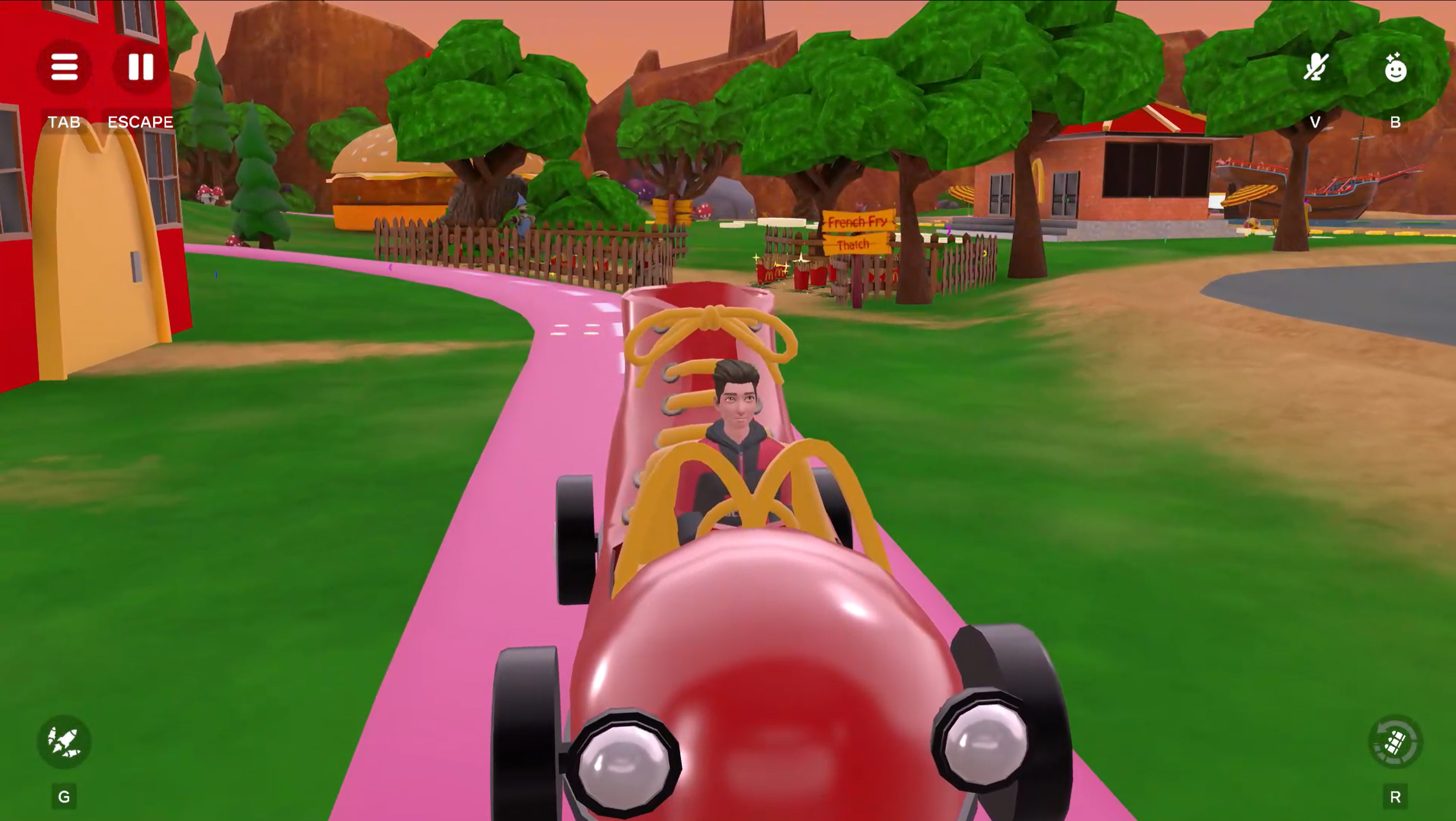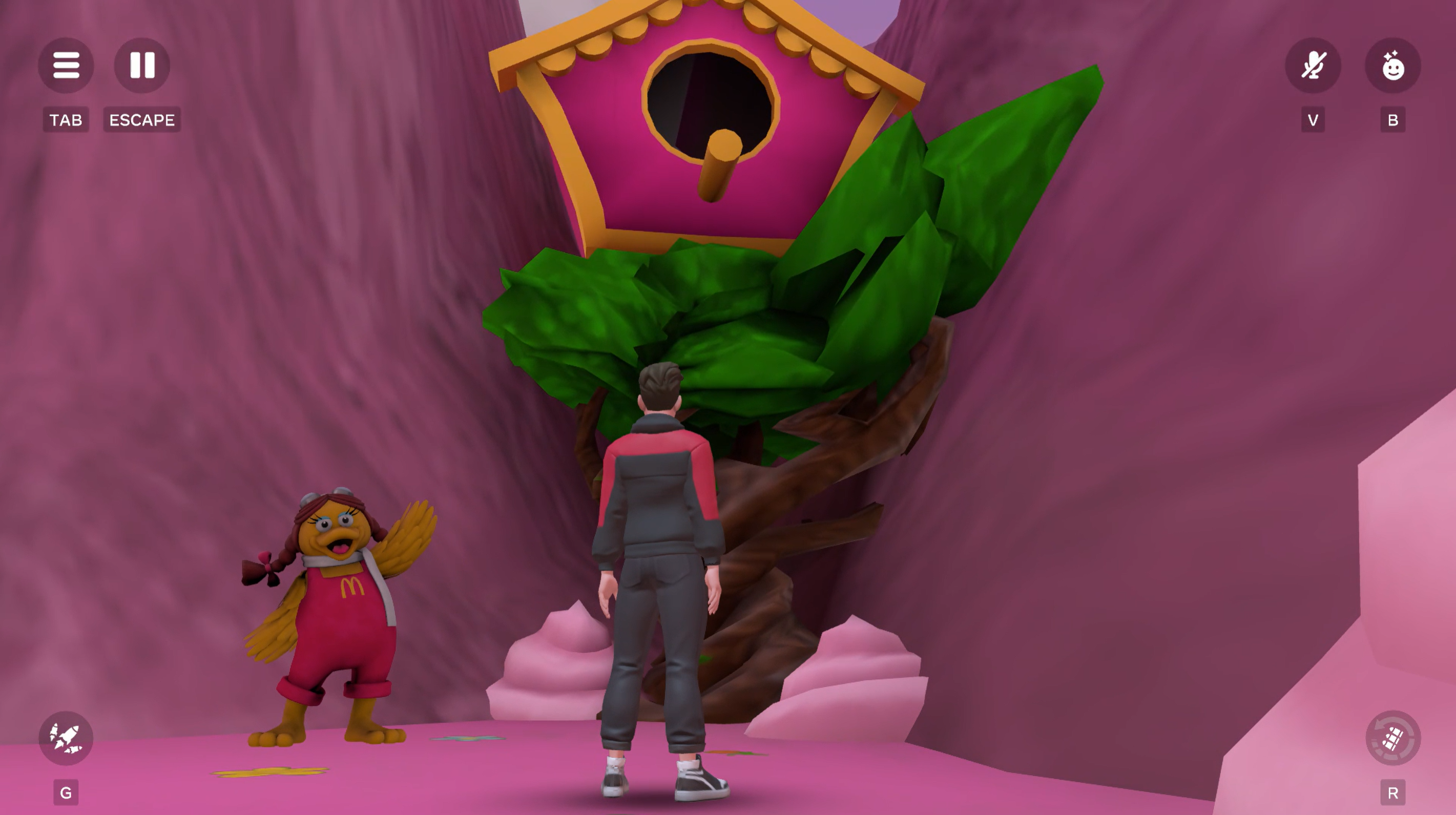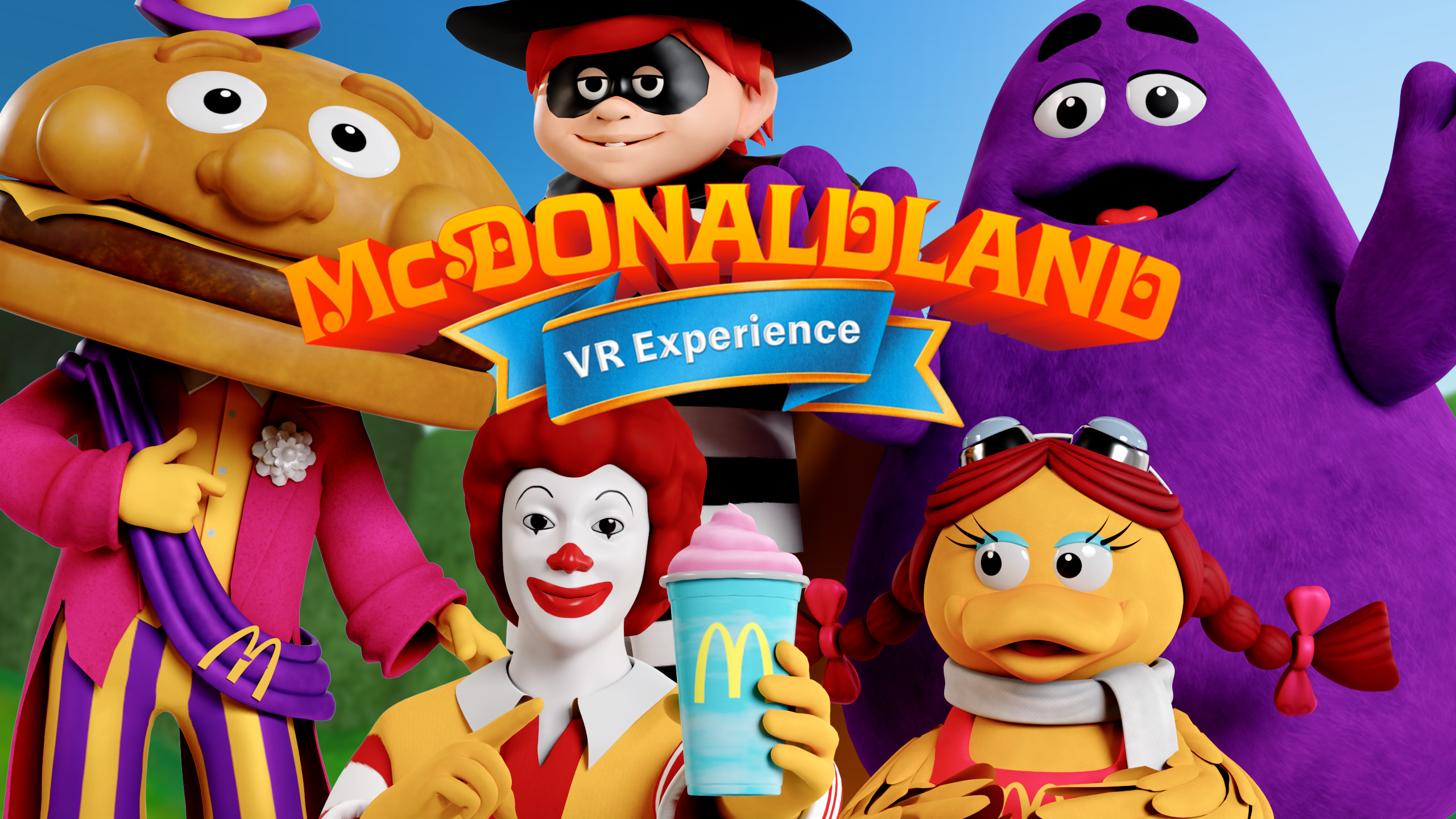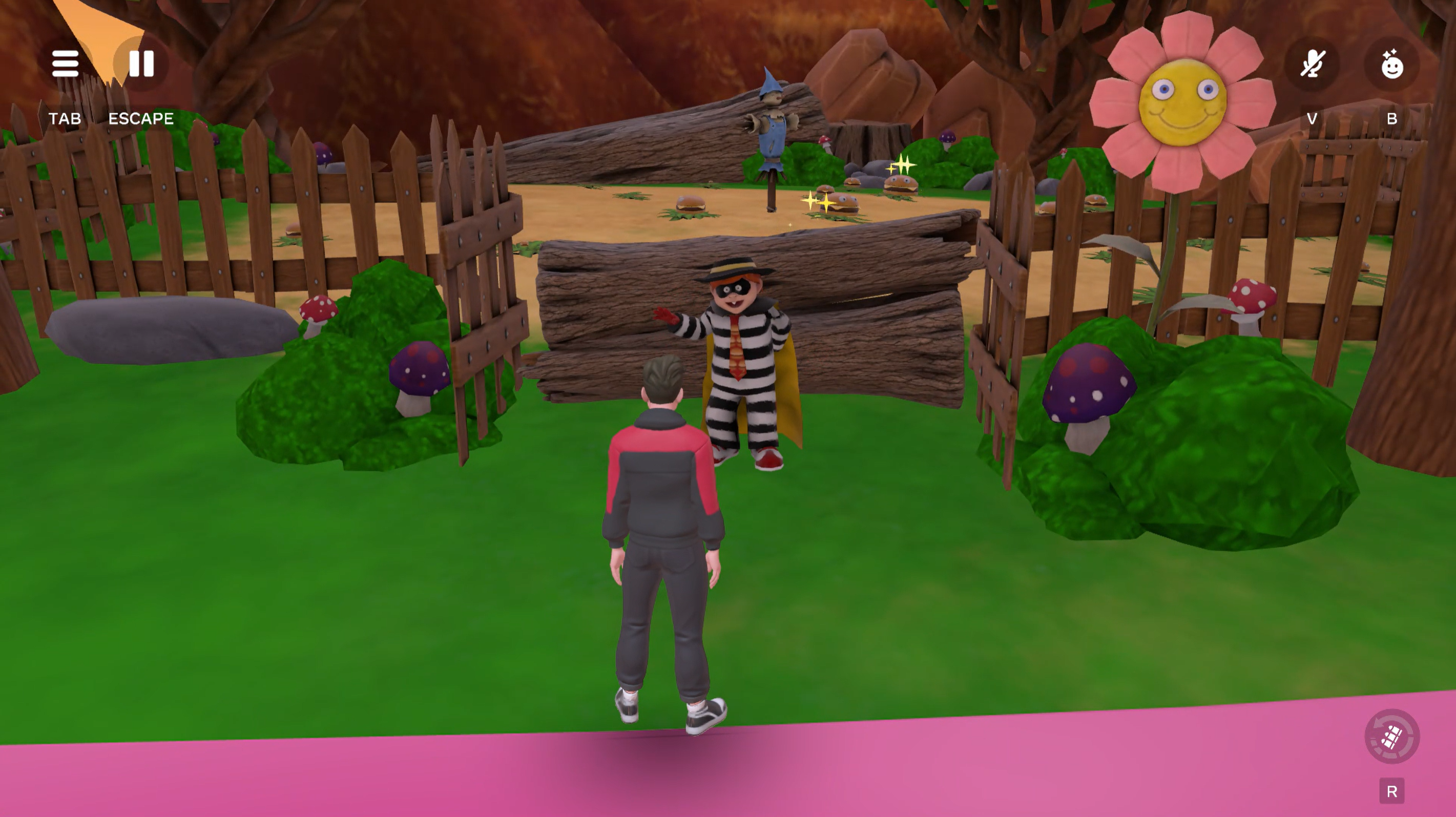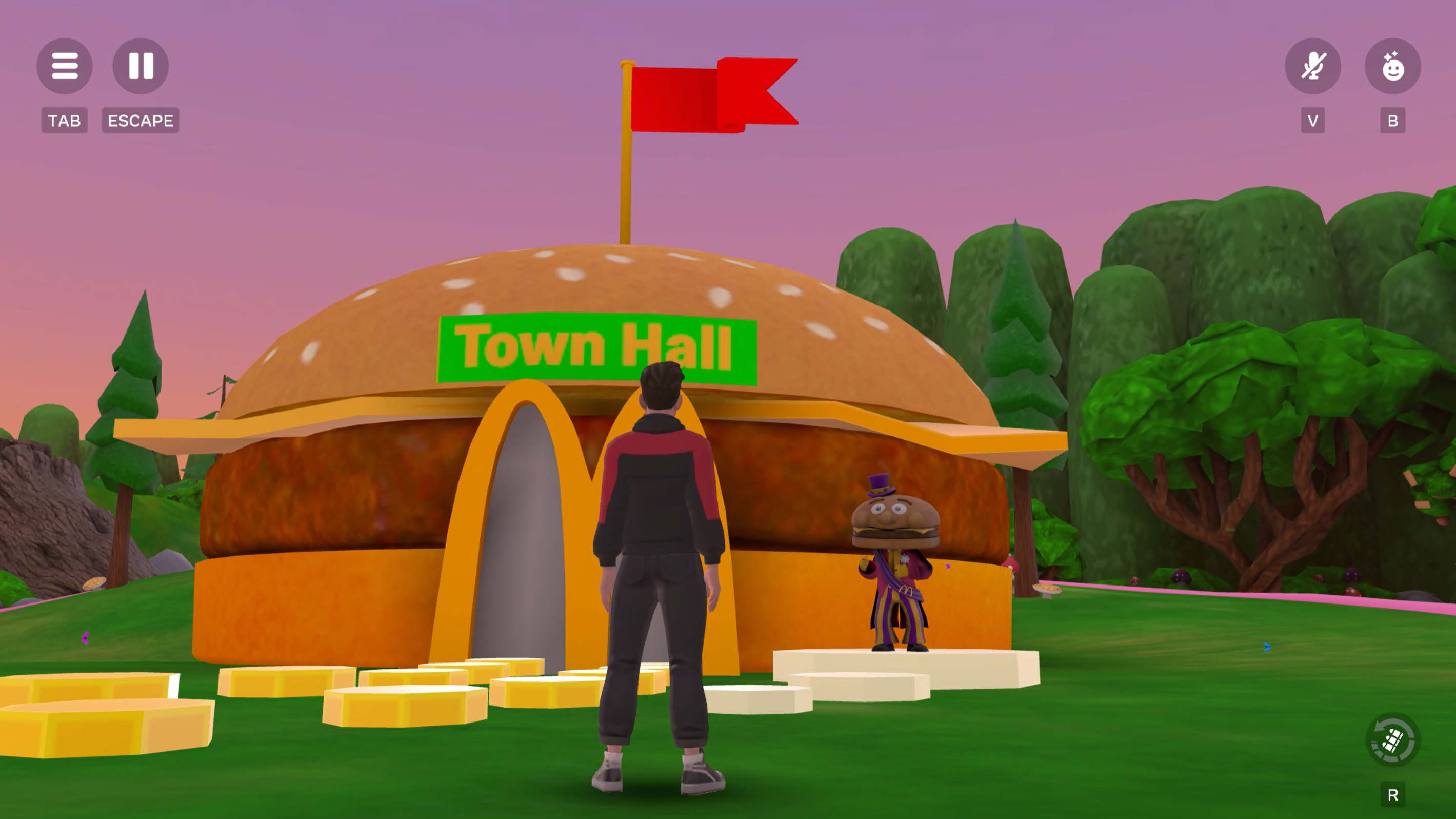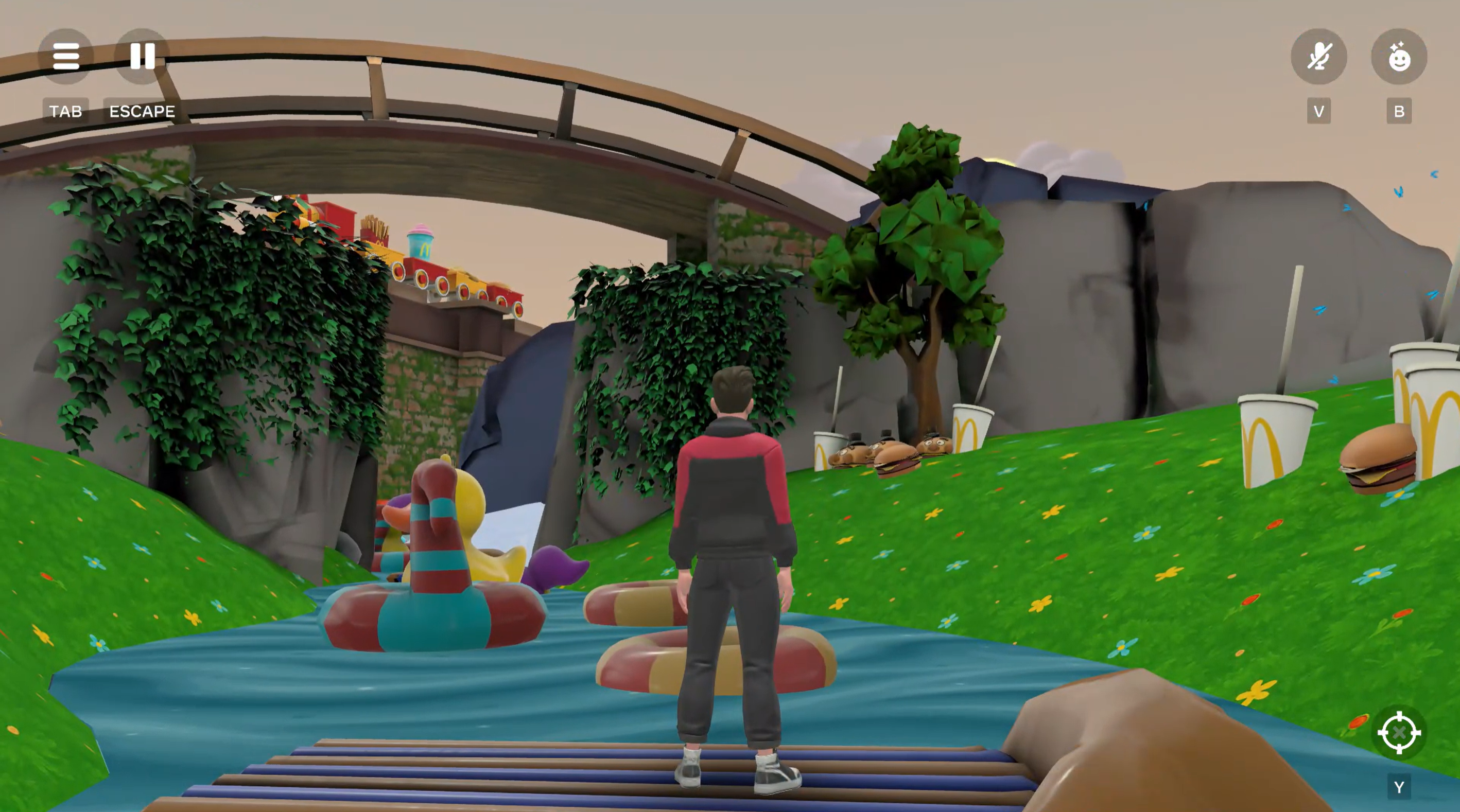
McDonald’s set out to bridge generations, reignite brand love, and reverse declining Gen Z traffic by reintroducing one of its most iconic worlds, McDonaldland, to a new era. The challenge was clear: Millennials grew up with Ronald McDonald and friends, but Gen Z had never experienced the magic. To address this, McDonald’s launched the McDonaldland Meal, aiming to reverse declining Gen Z engagement while reestablishing the brand as culturally relevant across generations. The core objective was to promote the meal while reigniting emotional connection and brand relevance through a strategic, multi-channel media approach.
The idea driving the work was simple yet powerful: modernize nostalgia through technology by inviting fans to step inside McDonaldland for the very first time. By transforming nostalgia into a fully interactive and immersive experience, McDonald’s sought to reconnect Millennials with childhood favorites, engage Gen Z in ways aligned with their social and digital habits, and spark meaningful cultural conversation around the brand.
To achieve this, we launched McDonaldland VR, a fully explorable virtual world on Meta Horizon Worlds (accessible via Meta Quest headset, web browser, and mobile app), alongside the McDonaldland Meal. Awareness and participation were amplified through social influencers, programmatic video and display campaigns, and PR initiatives, ensuring the campaign reached audiences across multiple touchpoints.
The strategy for McDonaldland VR was rooted in cross-generational insights. Research revealed two key truths: Millennials respond strongly to nostalgia and rediscovery, while Gen Z expresses identity, play, and community through immersive, social, and digital experiences, not traditional advertising. Leveraging these insights, we identified an opportunity to bridge generations by transforming McDonaldland into a virtual destination. Rather than relying solely on traditional media, we built an interactive world fans could explore, play in, and participate in, bringing brand heritage to life in a modern, engaging format.
Execution centered on McDonaldland VR, a fully explorable environment featuring zones such as the Apple Pie Tree Forest, Hamburger Patch, and Filet-O-Fish Lake. Fans met Ronald, Grimace, Birdie, Hamburglar, and Mayor McCheese, while quests and mini-games like the Mt. McDonaldland Shake Challenge and Golden Arches Obstacle Course rewarded exploration with exclusive in-game collectibles. Accessibility was key: the experience was available via VR headsets, web browsers, and the mobile app.
The experience drove awareness to the McDonaldland Meal, encouraging trials and store visits. Amplification relied on social influencers livestreaming gameplay, programmatic video and display campaigns targeting Gen Z and Millennials, and PR coverage that generated cultural buzz and earned media.
We successfully modernized a 1970s brand without losing authenticity and ensuring accessibility beyond VR headsets. The uniqueness of McDonaldland VR lies in its combination of nostalgia, gamification, and media world-building. Rather than delivering a simple message, the campaign immersed audiences in a living brand universe, driving engagement, excitement, and foot traffic while positioning McDonald’s as a leader in creative, digital, and experiential innovation.
McDonaldland VR successfully achieved its objectives of promoting the McDonaldland Meal, reversing declining Gen Z traffic, and reigniting brand relevance and love. Within weeks of launch, hundreds of thousands of users explored McDonaldland VR across Meta Horizon Worlds and Web VR, with multiple repeat visits to complete challenges and collect virtual items.
McDonaldland VR generated over 22.8 million impressions in VR engagement and paid media, and over $1.8 million in earned PR value. Social amplification was driven by fan walkthroughs, influencer livestreams, and user-generated content, making McDonaldland a trending topic across TikTok, Instagram, and X, with fans sharing mini-game achievements and favorite character moments. Programmatic video and display campaigns delivered targeted awareness among Gen Z and Millennials, translating into measurable online engagement and in-store traffic, while PR coverage added cultural credibility and further amplified reach.
